Lawn Services
Whether you need ongoing weed control and fertilization to maintain your lawn, or lawn restoration and hydroseeding to revitalize your yard, our local lawn care experts have you covered! We provide residential lawn care services in Minneapolis, St. Paul, and the surrounding suburbs in Minnesota.
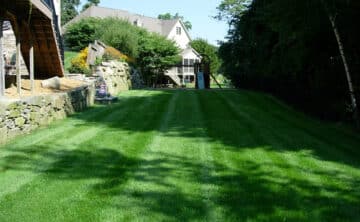
Fertilization
Our fertilization services help you create the lawn you want and ensure it continues to thrive!
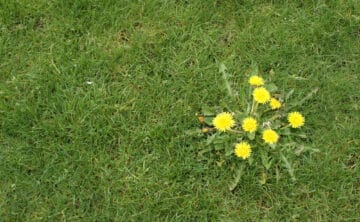
Weed Control
We apply weed control separately from fertilizer and only spray where needed.
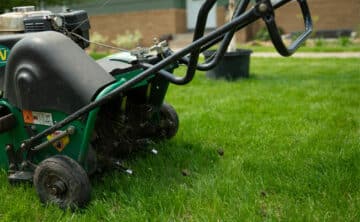
Lawn Aeration
If you notice thin, bare patches, your lawn can benefit from our lawn aeration service.
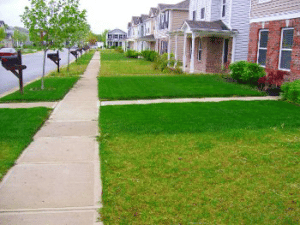
Disease Control
Whatever lawn disease problem you are facing, the experts at Rainbow Lawncare have the solution for you.
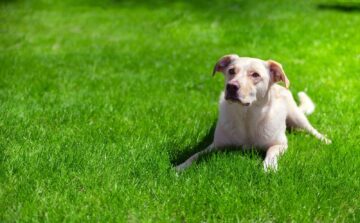
Grub Control
Grubs can cause extensive damage requiring costly seeding or sod repair. We can treat and prevent them!

Organic
We offer all-natural, fully organic fertilizer as an option to promote steady growth and improve the health of your lawn.
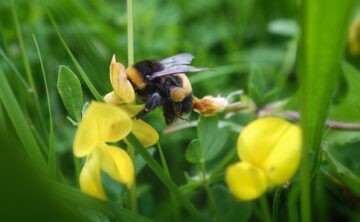
Bee Lawn
We offer a bee lawn service that includes a custom blend of grass and flowering perennials to attract pollinators to your yard.
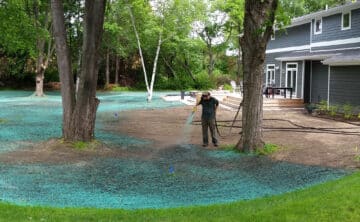
Hydroseeding
Our hydroseeding service combines seed, fertilizer, hydro-mulch, and water in a customized blend for your lawn.

Seeding Solutions
We offer a variety of personalized seeding solutions, including drought-tolerant and no-mow options.
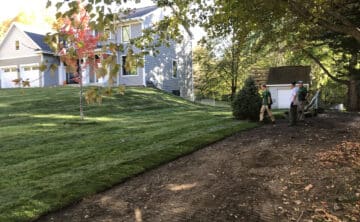
Sod
Our experts can remove your existing lawn and install new sod or install sod on currently bare ground.
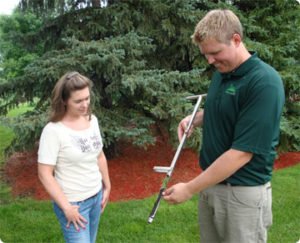
Lawn Restoration
If ongoing weed control, fertilization, and overseeding isn’t correcting issues, your lawn may benefit from restoration.

Commercial Lawn Care
Addressing lawn care challenges for your business can be complex, especially in Minnesota.



